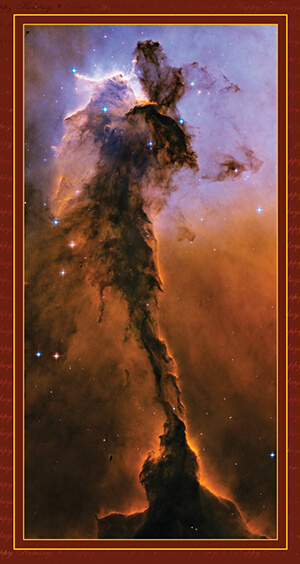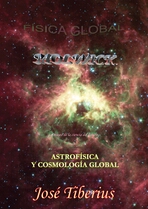A-4. Changes in G due to physical reference frame changes.
A change in kinetic energy in a moving reference frame relative to another will produce a change in G. The increase in G will compensate for the decrease in kinetic energy since it will be less in the solidary reference frame.

Sometimes, the actual physical effects do not depend on the model used. We must understand the limits of its application unless it incorporates the necessary adjustments.
Kinetic energy is a physical effect that depends on mass and velocity squared. In other words, it is a non-linear effect, and in addition, the mass also changes or is affected by speed or multiplies by a factor depending on the model used.
Even though the calculations may imply a mere change of base of the mathematical relationships between variables, If the physical effect existed, there would have to be some cause that justifies it according to Mach's principle. The gravity increase per unit of mass could be due to the distribution of the total mass of each element between rest mass and kinetic mass equivalent to that produced by the speed in the form of alteration of the spatial distribution of the atomic structure. (See the Global Mechanics and Global Physics books on the motion.)
Calculating the variation in G due to a change in the reference frame could allow deducing the relative velocity to a system of proper physical rest. Undoubtedly, knowing the true rest is a complicated task, but perhaps some mathematical relationship exists, for example, in calculating the absolute minimum temperature.
For these purposes, if theoretically a frame of reference moves for that of absolute rest and an element has the same speed in the opposite direction, then we would find ourselves in a situation identical to that of the complete rest of said element in physical terms.
In other words, the physical kinetic energy depends on the interrelationship between the spatial configuration of the element and that of the underlying system that should exist according to Mach's principle. Consequently, if there were no relative motion between said element and the physical system, the kinetic energy or its equivalent mass in the element would be zero.
The argumentation of value changes due purely to mathematical or reference system changes is very complicated in the Theory of Relativity because the numerical values of the variables alter and the physical content of their units.
The problem is complex; the Post Newtonian model has multiple related variables, such as the mass of the planets and their orbit.
In summary, the parameterized analysis of UMBRELLA tries to achieve an optimal adjustment of the precessions of the planetary orbits by adding the reference frame as another variable for the optimization of the Post Newtonian model.
Note that the reference frame is vectorial; we will have 360*360 possibilities by parameterizing the degrees.
An intuitive analysis of G changes is in the section on the Dolphin Paradox of the Global Astrophysics book.
